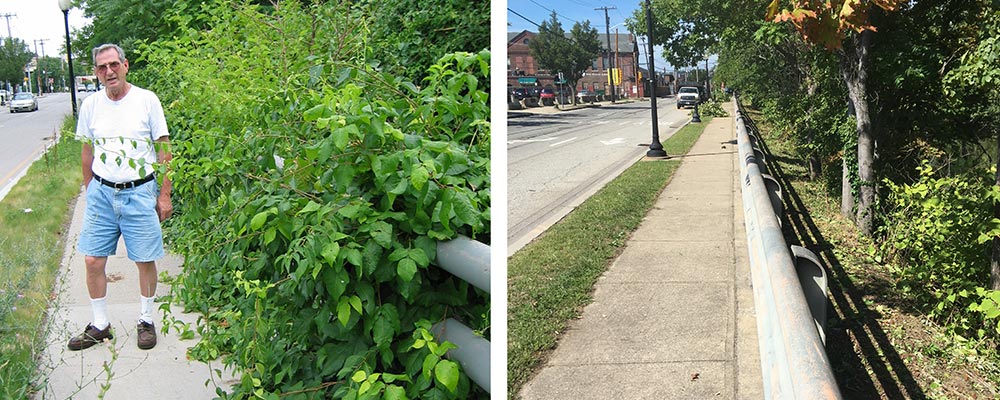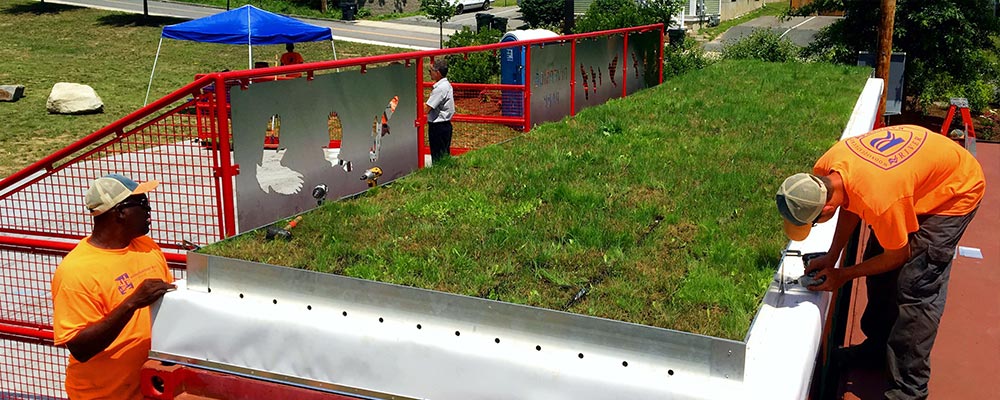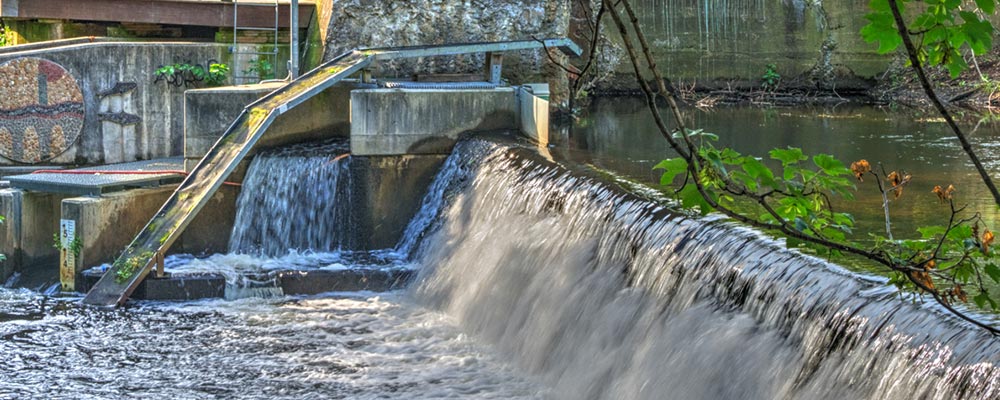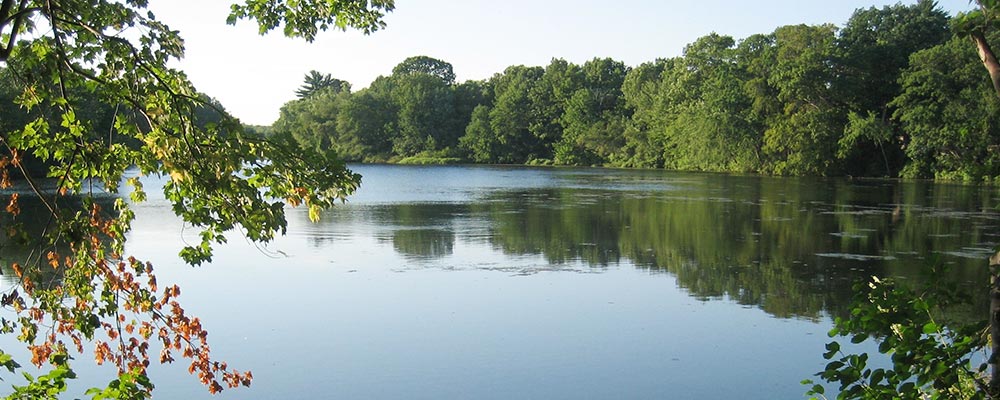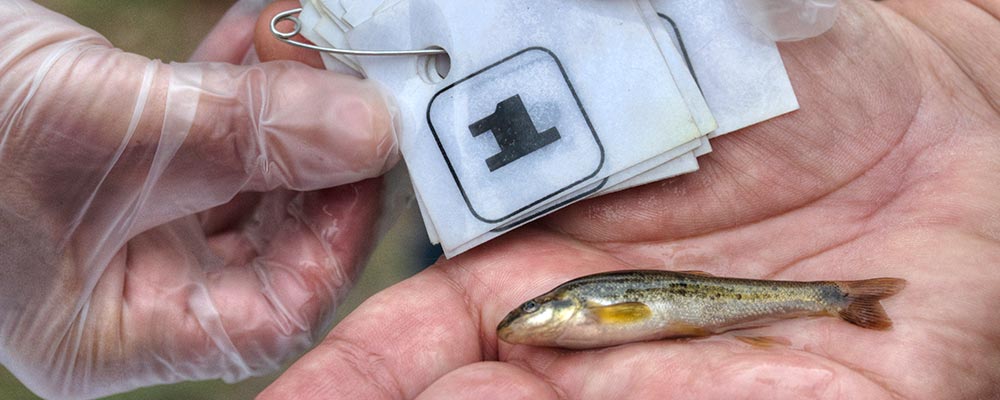Restoration

Overview
All of the Woonasquatucket River Watershed Council’s work is about restoring and protecting the Woonasquatucket River. Our Natives & Invasives, Green Infrastructure, Fish Passage, Centerdale Superfund, and Monitoring projects directly focus on the river’s ecosystem. Learn more here about how to support WRWC’s efforts in restoring water and land habitat around the Woonasquatucket River!
Native Plant Restoration & Invasive Removal
The WRWC is removing invasive plants so we can bring back native plants along the Woonaquatucket River Greenway! Native plants mean great habitat for native animals like insects, birds, mammals, amphibians, etc. Since 2007, River Rangers have been removing invasive plants in a large-scale habitat restoration project. At that time, the WRWC received permission to cut back invasive plants within 5 feet from the guardrails along Promenade Street & Kinsley Ave in Providence, helping to reveal the river and make way for native plants to re-colonize. In 2013, we began a pilot treatment program to more aggressively manage and remove invasive plants on the river on this stretch near IHOP. This treatment has been successful and now continues along the full downtown portion of river. As River Rangers remove invasive plants, we are bringing back Rhode Island native and adapted plants. This will help restore the river’s landscape and views to the river, create habitat, support wildlife, protect water quality and renew the beauty of the river as a natural resource in our cities. Look for our habitat zone signs on your next trip to the Greenway!
Green Infrastructure
Green Infrastructure (GI) uses soils and plants to capture and treat stormwater before it enters the river. It also “softens” urban hard structures. The WRWC now focuses restoration work through the lens of climate resiliency. Climate change effects our most vulnerable communities with increased flooding, higher heat in summer, and more. We work with GI practices to help increase our communities’ resilience to climate change through: increasing shade, cleaning air, filtering stormwater into the ground, making neighborhoods nicer and more.
Learn MoreFish Passages
Through fish passage, we restore access to the river for fish such as eels and herring that migrate between fresh and salt water as part of their life cycle. For more than 140 years since the beginning of the American Industrial Revolution, dams have blocked fish from making use of their formerly thriving spawning grounds in the Woonasquatucket River. Since we began our fish passage projects, fish have once again become a common sight in the tidal portions of the Woonasquatucket River. Join us on the Woonasquatucket River Greenway and explore the fish passages yourself to learn more!
Learn MoreCenterdale Superfund Site
The WRWC has been working with local, state and federal officials for many years to address severe dioxin contamination at the Centerdale Manor Superfund Site in North Providence. If you’ve ever wondered why we care so much about “The Do’s and Don’ts of the Woonasquatucket River”, here’s your answer. This section of the river may be beautiful, but it poses risks to the health, safety and welfare of those surrounding the water if they don’t know how to take the proper precautions. The WRWC plays an important role as the voice of the public at crucial stakeholder meetings and disseminates information back to the public. Check back here regularly for further updates on this critical project. Clean up has begun!
Learn MoreFish Monitoring
To restore habitat on land and in water, we keep tabs on water quality and fish communities, both those that live in the river and those returning to it. We use our data to help us understand what is happening in the river, and we share it with the state. Citizen scientist volunteers test water quality using URI Watershed Watch methods at four sites on the river. In spring, our volunteers count the herring as they return to their historic spawning grounds in the Woonasquatucket River. Each summer, WRWC volunteers assess the river’s fish community. They catch fish, measure, count and ID them, and then they release them back into the river. The river is a living system and these programs help us all to see that and become better stewards.
Learn More

